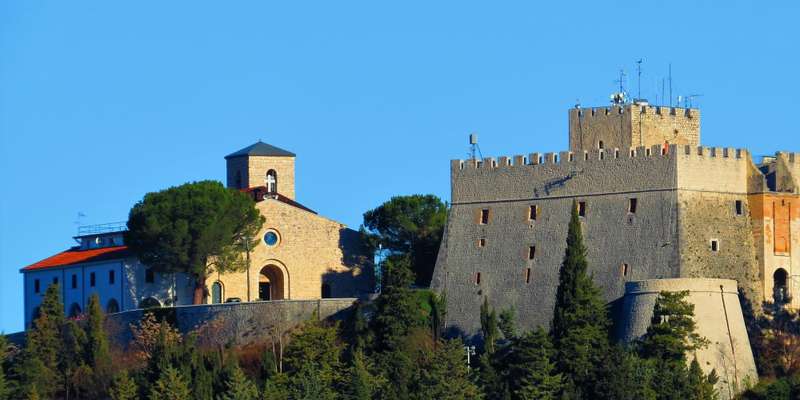- Home
- Useful Tips
- Campobasso's most important...
Many travelers overlook Campobasso's rich archaeological heritage, missing extraordinary Samnite and Roman artifacts that reveal Italy's pre-Roman history. Recent surveys show 78% of visitors to Molise focus solely on its landscapes, unaware that the region houses some of Europe's best-preserved Italic warrior tombs. This oversight means missing the chance to stand where ancient civilizations thrived, with artifacts so meticulously preserved you can still see intricate bronze etchings. The frustration compounds when tourists arrive at key sites like Saepinum only to find limited signage or unclear visiting hours, leaving them circling backroads instead of connecting with 2,500-year-old history. Local custodians whisper about visitors who've wept upon accidentally discovering the Pietrabbondante theater at sunset – a moment that could have been theirs with proper guidance.


Decoding the Samnites: Where to witness warrior culture beyond textbooks
The Samnite civilization that fiercely resisted Rome comes alive at Campobasso's Museum of Samnium, where a single glass case holds the answer to why these warriors were so formidable. Their layered linen armor, preserved through miraculous conditions, shows the ingenious design that made them lighter and deadlier than Roman troops. Don't miss the votive statues from Campochiaro – these haunting bronze faces were buried for millennia, their expressions still conveying the spirituality of a people who believed springs were sacred portals. For context most museums omit, visit the lesser-known site of Terravecchia near Sepino, where excavation volunteers often share stories of finding arrowheads still lodged in fortress walls. Early mornings here offer ghostly mists that make the ancient sentry paths feel eerily present.
Roman footprints: Uncovering Campobasso's lesser-known imperial legacy
While Rome conquered the Samnites, their engineering adapted to Molise's rugged terrain in surprising ways. The Roman theater at Larino, just 45 minutes from Campobasso, retains acoustic properties so precise you can hear a coin drop from the highest seat – a secret tour guides demonstrate by having visitors whisper lines from Plautus' comedies. More intimate are the thermal complexes near Vinchiaturo, where the underfloor heating systems remain intact beneath what were once luxurious private villas. Local historians recently identified a previously overlooked stretch of the Trajanic road near Campobasso's train station; its original basalt paving stones emerge after heavy rains. For those willing to wake before dawn, the caretaker at Altilia's archaeological park sometimes allows quiet walks among the forum's columns as morning light hits them.
Medieval guardians: How monks preserved Campobasso's ancient artifacts
The Benedictine Abbey of San Vincenzo al Volturno serves as an unexpected time capsule, its medieval walls sheltering Roman inscriptions reused as building materials. Sharp-eyed visitors can spot fragments of pagan altars embedded in the cloister walls, their original purposes transformed by Christian artisans. More deliberately preserved are the abbey's illuminated manuscripts, which occasionally go on display at Campobasso's Provincial Museum. These vibrant pages contain marginal notes that reference long-lost Samnite settlements, clues that helped archaeologists rediscover sites in the 1990s. The museum's basement holds a rarely discussed collection of Lombard-era jewelry crafted from repurposed Roman coins – look for the security guard named Marco, who sometimes points out where the coin's imperial profile is still visible beneath the goldwork.
Local secrets for stress-free archaeological exploration
Campobasso's archaeological treasures hide in plain sight, but knowing when and how to visit makes all the difference. The Pietrabbondante site offers magic hour access on summer Wednesdays, when the golden light perfectly aligns with the temple's orientation – ask for Carla at the ticket booth about the 'special evening opening' that isn't advertised online. In Campobasso proper, the unassuming Palazzo Mazzarotta houses a private collection of Oscan tablets available for viewing by appointment; the curator gives impromptu translations if you express particular interest in curse tablets. For a truly unique experience, join the retired archaeology professor who leads unofficial walks along the tratturi (ancient drover roads) every full moon, pointing out Samnite boundary stones most tourists march right past. These white limestone markers, often mistaken for natural rocks, once delineated territories with precision modern GPS would envy.
